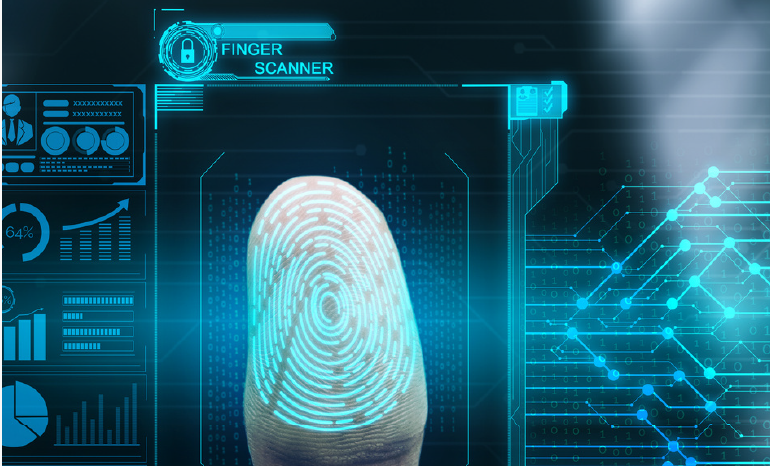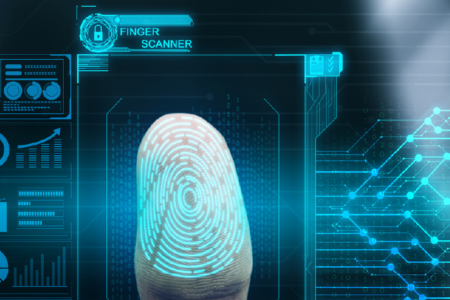This report examines the biometric scan software industry, including its leading companies. The report aims to give a general picture of the current environment as well as global and regional affairs that influence the development of the various segments of the industry, using available data. A number of industry segments are examined, namely: payments, connected cars, ,travel and border management, e-governance and identity verification.
This report covers the following regions:
• North America
• Asia Pacific
• EMEA
The report is useful for students, researchers, investors, private equity firms, brokerage houses, hedge funds, advisory firms, and corporations, offering them crucial insights in understanding the prospects of the industry and formulating their strategies.
Biometrics are unique physical or behavioral traits used to identify individuals electronically, offering a highly accurate identity management system.
Common physical biometrics include fingerprints, facial recognition, iris scans, voice patterns, and DNA, while behavioral biometrics analyze actions like walking, gesturing, or typing. Biometric technologies use hardware (e.g., fingerprint sensors) to capture data and software to process it for authentication. The Biometrics Scan Software industry, which develops software for these systems, has seen significant growth over the past five years, driven by demand from both government and private sectors.
Over the next five years, increased investment from private sectors such as healthcare, construction, finance, and consumer electronics is expected to drive demand for biometric software and boost revenue.
The global biometrics market is forecast to reach $86.1 billion globally by 2028, from ~$47.8 billion in 2023, according to a report by Biometric Research Group. This includes both the hardware, software and other services. Europe and North America are likely to be the two largest markets for biometrics.
The primary factor influencing the growth of biometrics systems is government adoption. The primary use cases include authorization, identification and verification, e-passport management and national border control. Governments across the world are adopting biometrics technologies as they seek to offer cost-effective, efficient, and safe services to their citizens. This trend is particularly evident in emerging countries.



